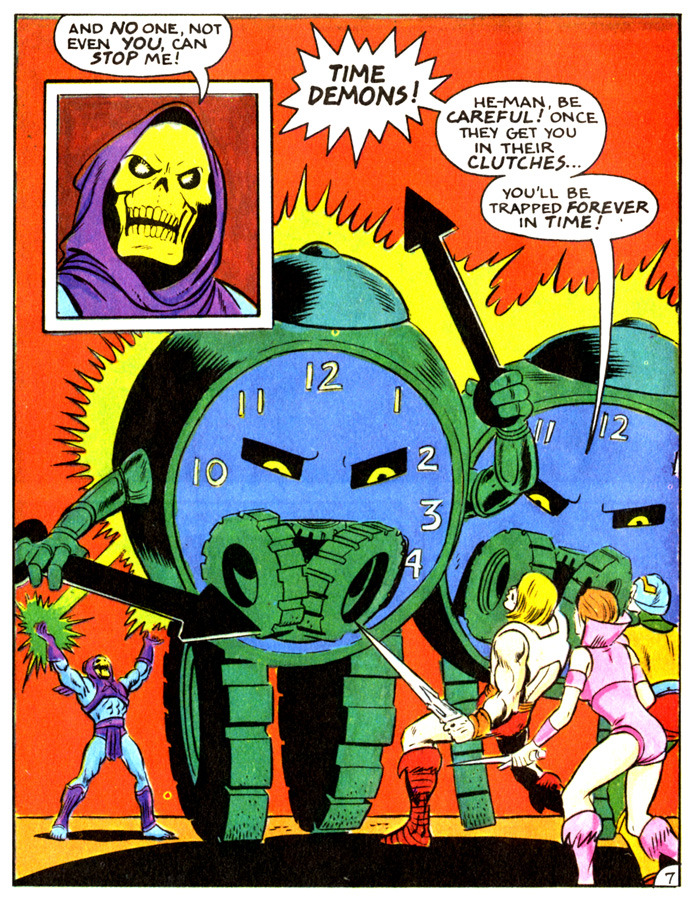Here's another excerpt from the Strange Stars OSR rulebook, currently in the works: two clades without much in common other than their green skins:
SMARAGDINE
Physical Characteristics: Biologic humanoids with skins in various shades of green.
Psychological Characteristics: Smaragdines see themselves as heirs to the technology and sophistication of the Archaic Oikumene and view psi abilities as the way of the future. They are the visionaries of the Alliance, but often viewed as a bit arrogant by its other members.
Names: Smaragdines have a personal and gens name. The personal names are frequently chosen from Old Earth mythology or literature. Smaragdines often retain the gender association of the source name out of respect, but not always. The gens name is a copyrighted reference to a specific registered genetic lineage; it is typically that of one or more of an individual’s parents, but not necessarily. Gens are from similar sources as personal names, but tend to be derived from ancient mythological or literary wizards or monsters. Samples:
Personal Names: Accolon, Belphoebe, Dindraine, Finn, Gloriana, Phaon, Rinaldo, Sedna, Tsais, Thalna.
Gens Names: Euryale, Glatisant, Hydra, Mazirian, Prospero, Simurgh, Typhon.
Backgrounds: Any, though Adventurer, Hacker, Noble, Politician, Researcher, and Soldier are most fitting.
Classes: Any.
Attributes: Standard.
Special:
Psi-Society: Smaragdine society is based on psi-use. All citizens of Smaragdoz have the equivalent of the discipline Mental Link.
High Tech: Smaragdine is tech level 5 society, though much of their technology is not exportable.
VIRID
Physical Characteristics: Biologic sophonts blending plant and animal characteristics. Skins of various shades green (due to presence of symbiotic cyanobacteria) and foliage-like hair. Local groups vary a great deal in height and build. All virid are linked by nanotechnology to the world consciousness of their homeworld, but this obviously does not extend over interplanetary (or greater) distances.
Psychological Characteristics: Virid are gregarious and pleasure-loving. Coming from an idyllic garden world, they are closely attuned to nature, but naive regarding the hazardous of other, less pleasant worlds--and of civilization.
Names: Virids use “translated” plant or nature-themed names with other sophonts.
Backgrounds: Tribesman, Adventurer.
Classes: Any but Psychic.
Attributes: Most virids have ability scores in the same range as humans, though larger or smaller tribes will vary.
Special:
Photosynthetic Symbiotes: Living nanotech supplements virid metabolism and causes faster healing when they are under visible light sources with spectra similar to their native yellow sun. Every day spent in direct sunlight allows them to heal 1 additional hit point, and every day resting in direct sunlight allows a virid to recovery 2 additional hit points. They also lose System Strain at a rate of 2 points a day in the sun.
Phytoxin Resistance: Virids get a +1 to Physical Effect saving throws against plant-derived toxins.
For more Strange Stars stuff, check out John Till's ongoing A to Z
here.



















